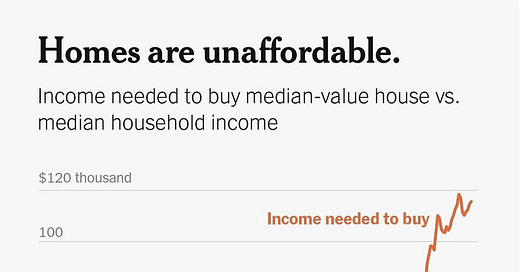Most asset classes have their own unique, repeating cycles. For housing, it usually looks like this:
Demand for homes rises faster than sales, causing prices to increase. Seeing this, would-be sellers hold off to see how much more they can get a year or two hence. Would-be buyers note the rising prices and shrinking supply and succumb to fear of missing …



